Whether you’re just getting starting in the sport of dog agility or are an experienced competitor looking for clarity, understanding agility patterns can be a huge advantage on course.
An “Agility Pattern” is any sequence or combination of
obstacles that is routinely used in agility.
Competitors and instructors use consistent terms for these patterns to describe what sequences are on course and how to handle them! This guide features agility patterns seen on AKC Masters level courses and equivalent levels in other venues.
Agility Patterns Guide
Sign Up for our newsletter to stay up-to-date on new resources.
Pinwheel
In this common agility sequence, the pinwheel, you’ll find 3-4 obstacles that create circular dog path. How tightly the dog needs to turn is determined by the dog’s approach, the angles of the obstacles in the pinwheel and the proximity of those obstacles to one another.
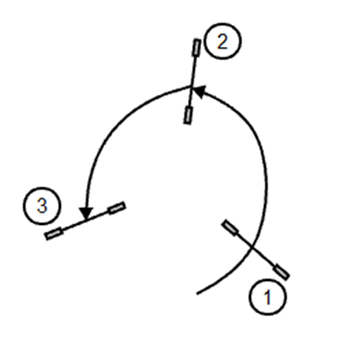
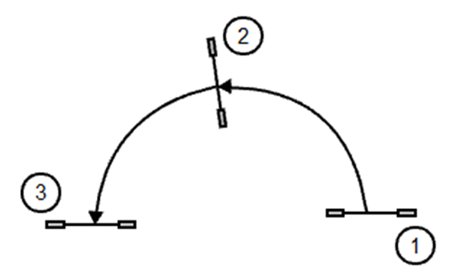
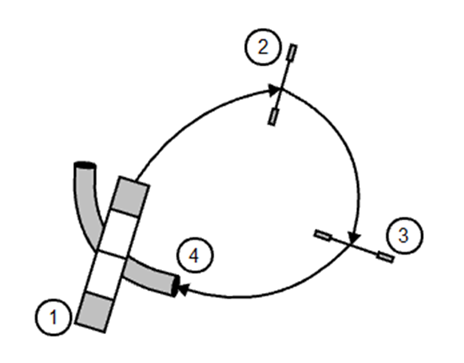
While a traditional 3-jump pinwheel might be what we first picture when we hear there is a “Pinwheel” on course, pinwheels can include a variety of obstacles. Such as the “A-frame, jump, jump, tunnel” sequence seen above.
Straight Line
A straight line on course is where the dog can take a direct path from obstacle to obstacle. This is most commonly seen as straight line of jumps, but a line can include various obstacles.

Serpentine
A serpentine refers to a 2-4 obstacle sequence where the obstacles create an ‘S’ like pattern for the dog’s path. The dog’s path may be direct over the obstacles or the path may bow slightly between obstacles.

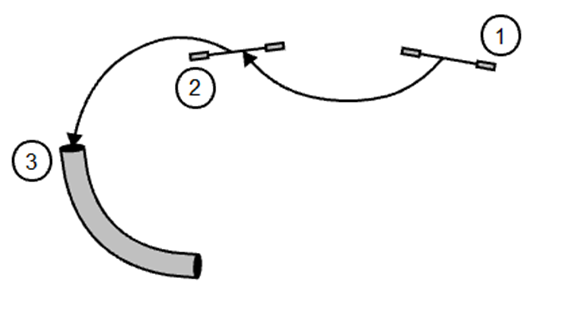
A classic serpentine features 3 jumps side by side on a flat angle, we may see a variety of obstacles, angles and spacing within serpentines.
180o Turn
An 180o Turn refers to a pair of jumps or two obstacles side by side. The dog gently turns following an 180o arc to the second obstacle in the 180o. The dog’s path may be direct to the second obstacle depending on angle of approach and whether the obstacles are split.
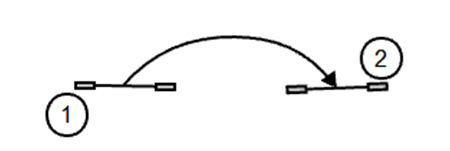
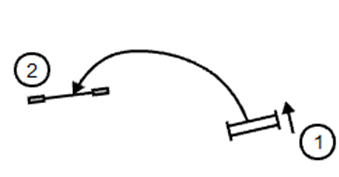
A “Split” 180o is where the obstacles are staggered. This creates a backside approach for some dogs; depending on the dog’s momentum, landing point and stride length.
270o Turn
A 270o Turn refers to a pair of obstacles creating a corner where the dog will arc 270o to complete the sequence.
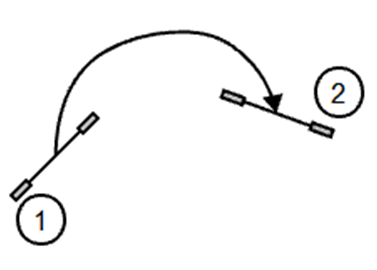
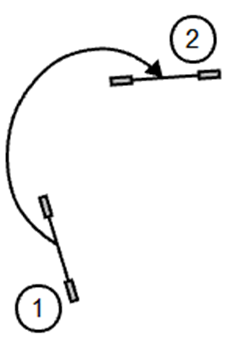
Depending on the distance between obstacles and angle of the obstacles the second jump may appear to be a “backside” approach. Similar to a “split 180o, the dog’s characteristics may impact the difficulty of a 270o turn.
Wrap
A wrap on course is where the dog must turn back on its path after completing an obstacle. A wrap does not need to be a perfect out –n-back; we are looking for the dog to make a change in direction that takes them back past the plane of the obstacle just completed.
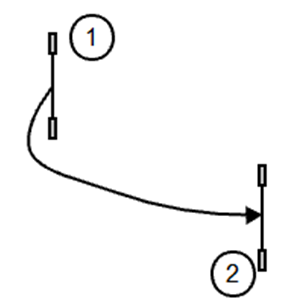
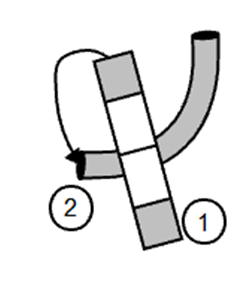
While we typically think of the classic one-jump wrap, where our dog turns left or right over a single jump, wraps can happen after any obstacle.
Obstacle Discrimination
Discrimination on course is where the dog must choose between multiple obstacles. When a discrimination is present, there is another logical obstacle in the same direction as the correct obstacle. This can mean choosing between a tunnel and a-frame or choosing between a jump and the weaves.
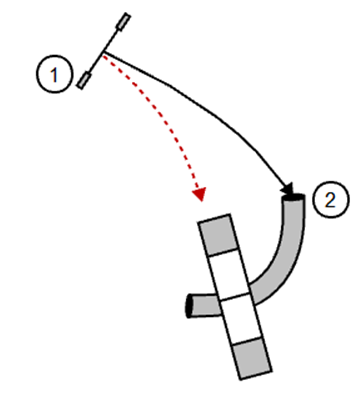
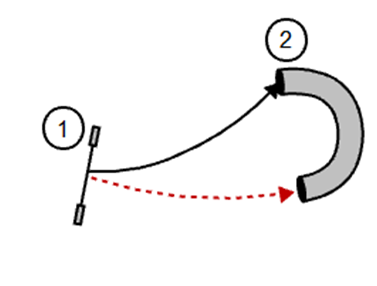
Backside
A “backside” refers to a jump on course where the dog must ignore the front-side approach and run to the backside of the jump. This is a type of obstacle discrimination; the more logical approach, the front side, is in the same direction as the correct approach, the backside. Many handlers teach a specific verbal cue, such as “Around” or “Back”, to help their dog choose the backside of the jump.
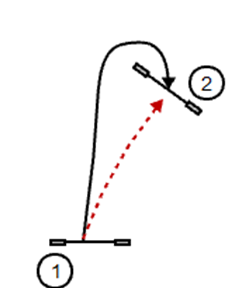
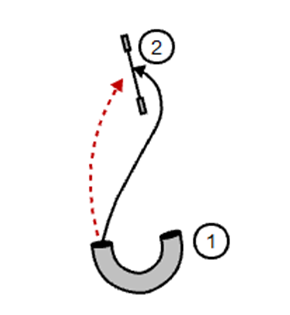
This challenge is rarely presented at local competitions in Masters level AKC, and is most often seen at national level competitions.
